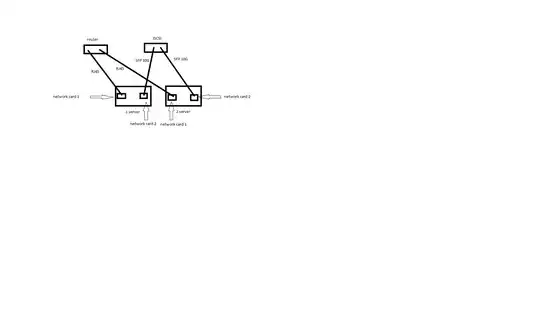To start thank you for your future help :)
I would like to know if it is possible to wrap my H.A as on my paint (excused me the quality of the drawing).

I would also like to know how it goes with the ipv4 failover blocks in the case of an HA and a server that breaks down?
My last question, on my ISCSI if a hard drive crashes the data are lost if I understand correctly? so I would like to know if you have to do a raid or backups instead? without losing too much space ^^
Thank you in advance, I apologize for my English. cordially